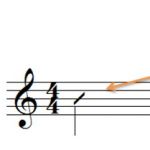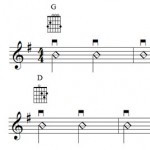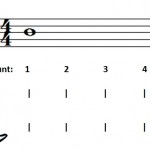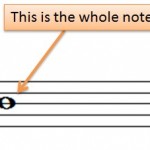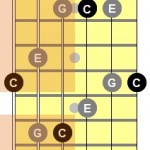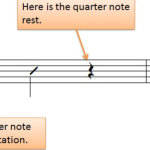
Playing guitar is not just about producing sounds. Sometimes there needs to be silence between chords or notes.
This may come as a surprise, but it’s equally as important to know when to play, as it is to know when not to play.
Periods of silence (rests) are often used as a form of musical punctuation.
In this tutorial, we will look at how periods of silence are notated with rests.
Continue reading
